Best Practices for Maintaining Scratch-Resistant Furniture

The Science Behind Tough Finishes
From polyurethane and melamine to ceramic-infused topcoats and high-pressure laminates, scratch resistance relies on hardness, elasticity, and abrasion testing. Ask about Taber abrasion ratings, because those numbers translate directly into how daily wear will impact your surfaces.
Match Material to Lifestyle
Dining tables endure sliding plates, while office desks battle constant mouse movement and wristwatches. Choose finishes tailored to your space’s friction patterns, then maintain accordingly. Tell us where your furniture lives, and we’ll suggest proven care tweaks for that setting.
Myths That Lead to Micro-Damage
“Scratch-resistant” isn’t scratch-proof. Dragging gritty decor, stacking unpadded metal objects, or dry-dusting with rough cloths still scuffs. Share a myth you once believed, and what finally convinced you to switch habits for good.
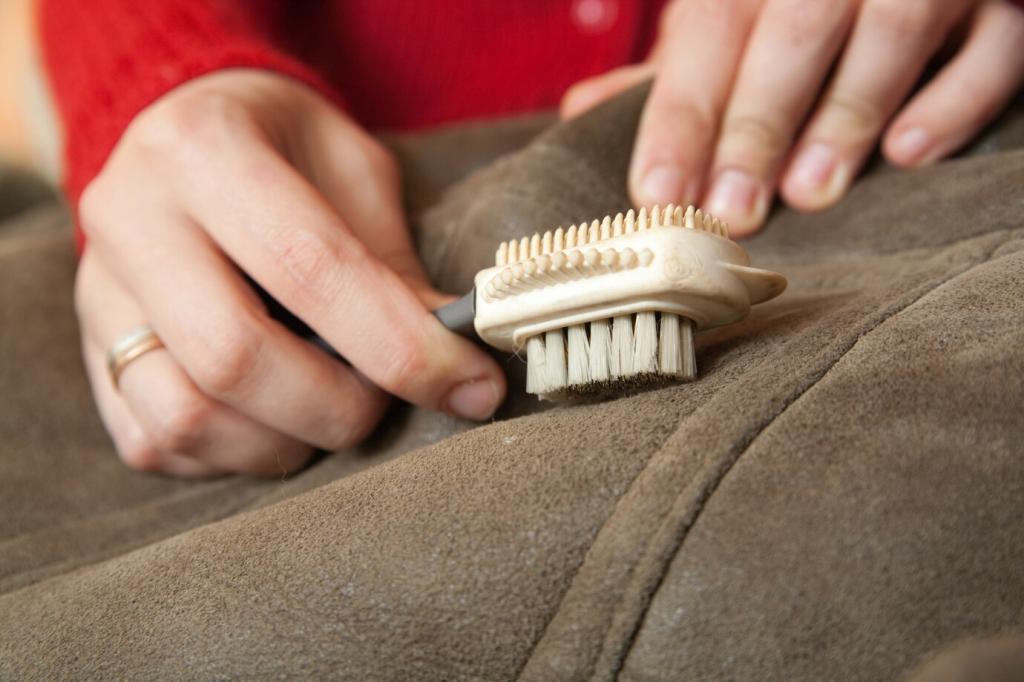
Daily Care That Actually Prevents Scratches
Use a clean microfiber cloth slightly dampened with water or a neutral pH cleaner to lift dust instead of pushing it around. This simple pass reduces abrasive particles that act like sandpaper beneath mugs, laptops, and decor.
Daily Care That Actually Prevents Scratches
Skip abrasive powders, magic erasers, and ammonia-heavy sprays. These can dull or etch protective coats over time. If you ever damaged a finish with a harsh cleaner, comment with your cautionary tale so others can avoid the same mistake.
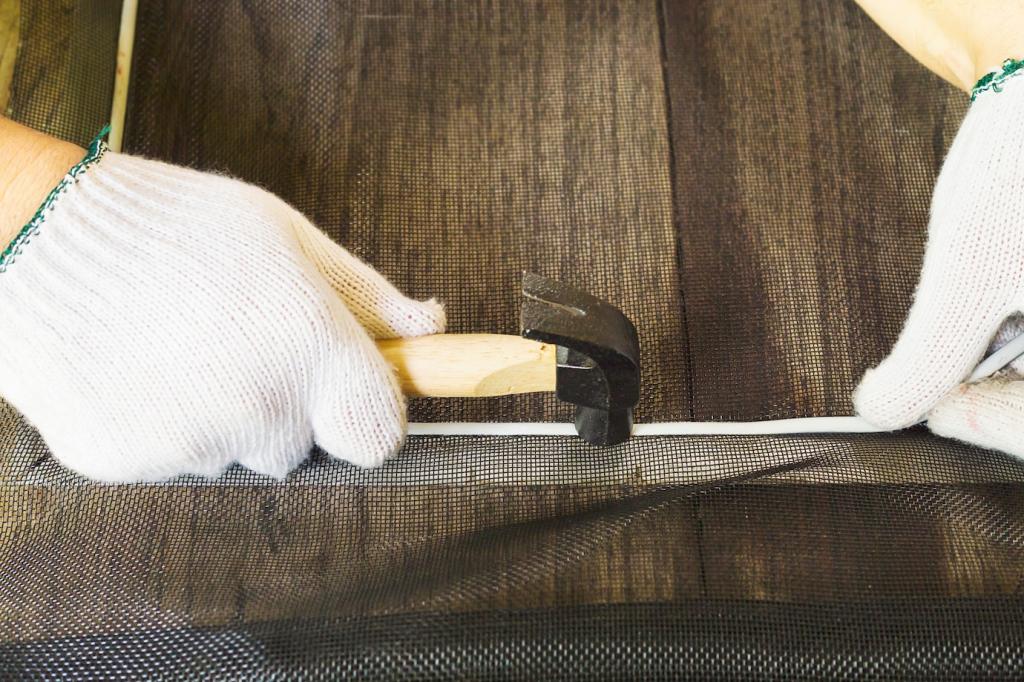
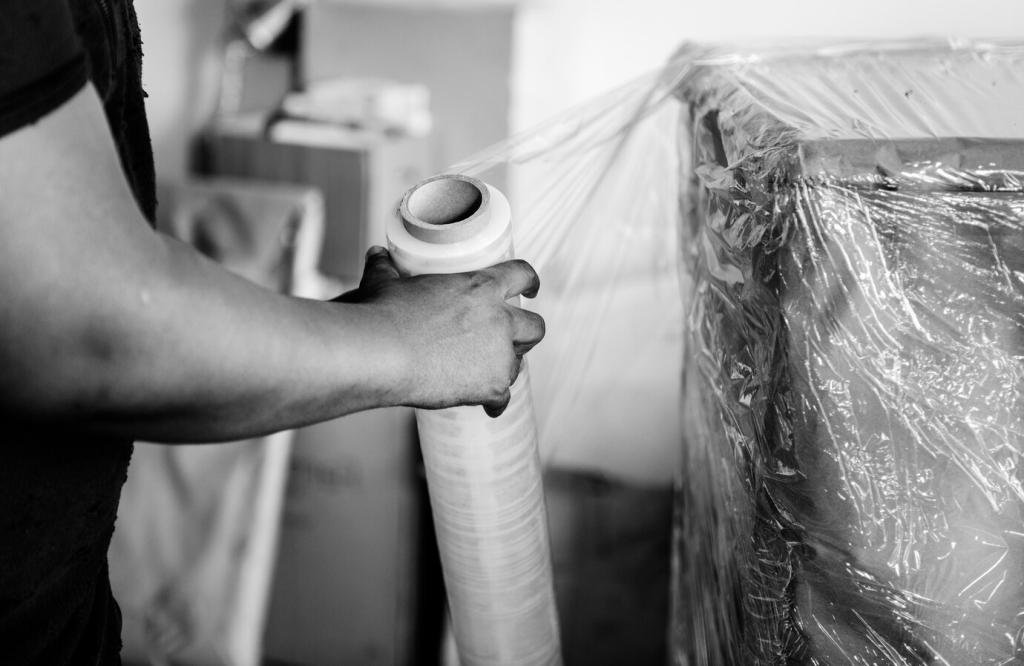
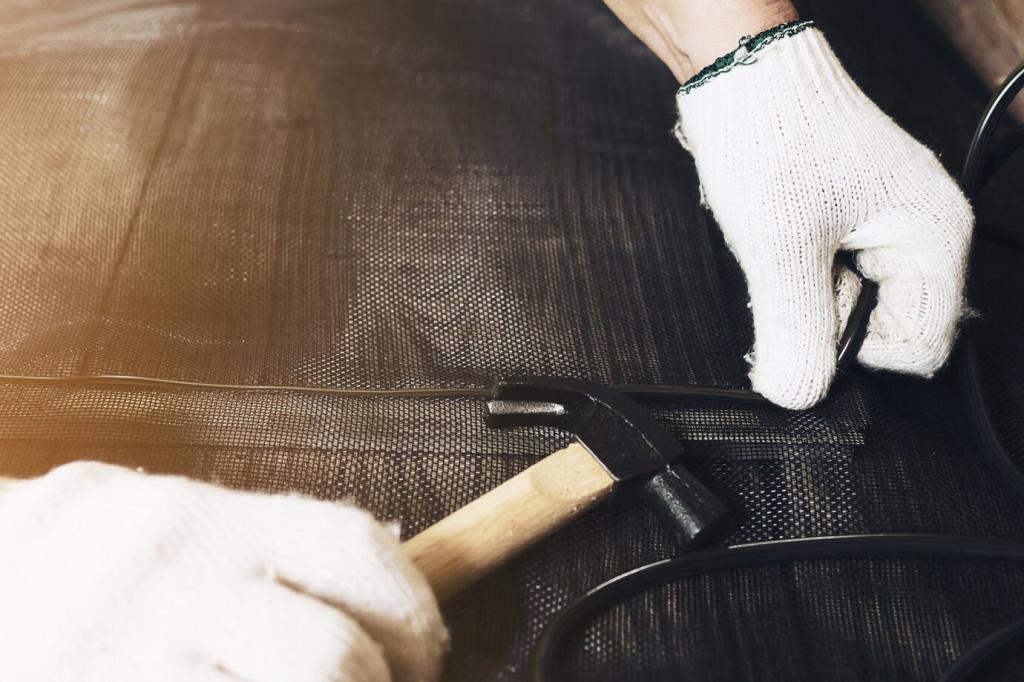
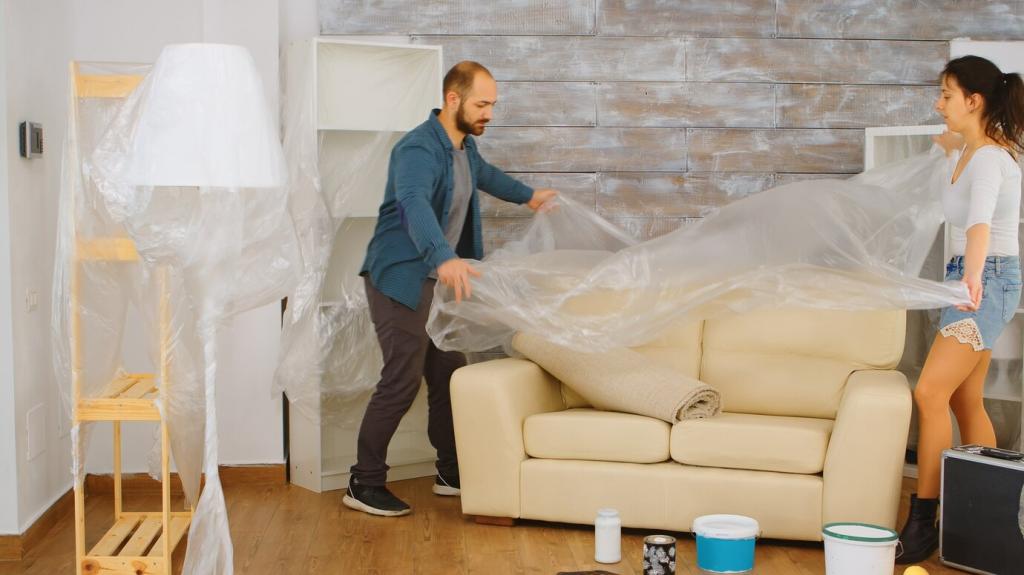
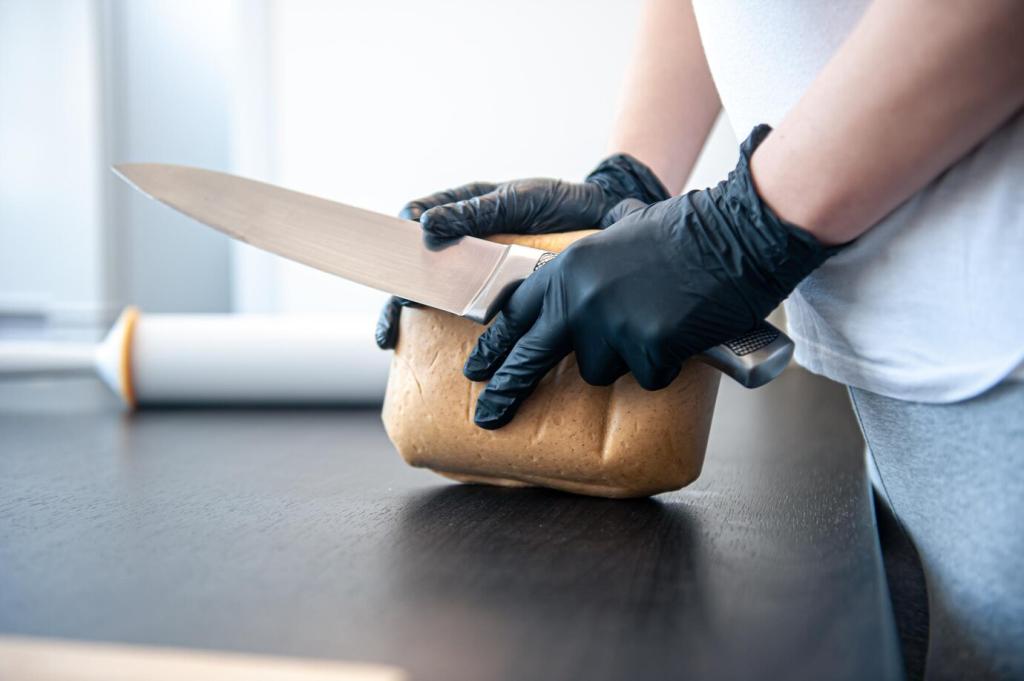
Living With Pets and Kids—Gracefully
Place sturdy scratching posts near favorite lounge zones, add double-sided deterrent tape temporarily, and reward post use. Keep claws trimmed or consider soft nail caps. Tell us which post fabric your cat actually prefers.
Living With Pets and Kids—Gracefully
Trim nails regularly, place washable runners along sprint routes, and teach a gentle “off” cue for furniture. One reader swears by a quick paw wipe after rainy walks to keep grit from tracking onto coffee tables.
Light, Air, and Seasons: Environmental Care
01
Sunlight Strategy
Use UV-filtering films, curtains, or strategic placement to prevent hot spots that soften finishes. Rotate decor seasonally to even exposure. If a bright window surprised you with subtle fading, share what shielding solution helped most.
02
Humidity Harmony
Aim for 40–55% relative humidity. Excess dryness can make wood and coatings less forgiving under friction; too much moisture invites swelling. A small hygrometer pays off. Comment with your dehumidifier or humidifier wins.
03
Seasonal Tune-Up
Quarterly, inspect edges and high-touch zones, reapply felt pads, and gently clean crevices. Small, consistent maintenance avoids large interventions. Subscribe for our printable seasonal checklist tailored to scratch-resistant finishes.
Micro-Scratch Triage and Long-Term Confidence
Keep wax fill sticks, color-matching touch-up markers, a non-abrasive polish, and clean microfiber cloths. Test in an inconspicuous area first. Share before-and-after photos—we love featuring real fixes from the community.
Micro-Scratch Triage and Long-Term Confidence
Gently fill and blend with the grain, avoiding aggressive rubbing that heats and softens finishes. Less is more; repeat with light passes. If you’ve mastered a subtle technique, drop your step-by-step in the comments.
